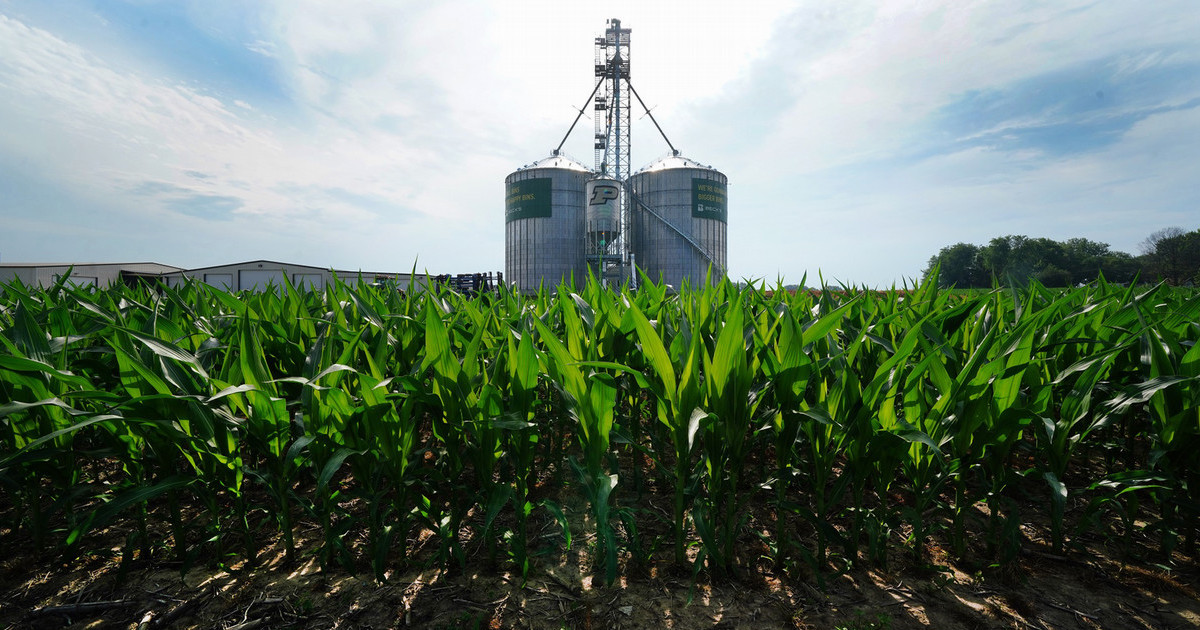
~ by Steve Yoder, Community Development Regional Educator, Purdue Extension
If you’ve ever written a community grant proposal, you’ve discovered that most applications have a standard set of sections that you need to complete. Examples include the community need statement, expected outcomes, timeline, and budget. And inevitably, just about every application has a section at the heart of the proposal: the project description. This is where you describe what you will do to address the community need that you’ve identified and how you will achieve your expected outcomes within your timeline and budget.
Different funders give this section other names, such as “narrative,” “methods,” or “action plan.” Whatever it’s called, it’s your chance to show the funder that you’ve carefully planned a process to achieve your goals. For example, suppose your big idea is to create a local community garden. In that case, you’ll need to describe necessary action steps such as selecting a site, preparing the soil, and purchasing the required tools.
In addition to listing the action steps, you’ll need to provide additional details so that the funder understands why those steps are essential and who will carry out the work. The following tips, taken directly from Purdue Extension’s Beginner’s Guide to Grant Writing workshop, will help you think through those details:
- Define the process that you will use to meet your goals. Say exactly what your proposal is, what funding is needed, and how it will be used.
- Support your process with research such as best practices, expert opinions, past experiences, etc.
- Describe the beneficiaries (clients, participants, users, etc.) and how you will engage them.
- If you have partners, explain who they are, why they are involved, their roles, and how you plan to work together.
- Clarify how the work will be carried out and who will ensure that critical tasks get done. It may be essential to describe the qualifications of key staff. For some roles, it may be crucial to show that the person doing the work has expertise or certification.
- Talk about how you will handle challenges or obstacles with your project or program.
If you’d like to learn more about crafting a solid grant application, visit the Beginner’s Guide to Grant Writing webpage to find upcoming workshops around the state.


